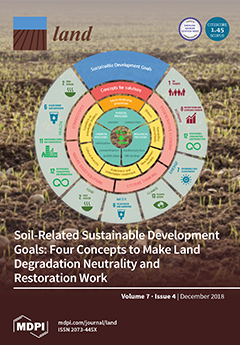Resource information
The widely applied Importance-Performance Analysis (IPA) provides relatively simple and straightforward techniques to assess how well the attributes of a good or service perform in meeting the expectations of consumers, clients, users, and visitors. Surprisingly, IPA has rarely been applied to inform the management of urban public green infrastructure (PGI) or urban nature (UN) spaces. This case study explores the visitor satisfaction levels of people using a PGI space that incorporates UN, close to the central business district of Perth, Western Australia. With diminishing opportunities to acquire new PGI spaces within ever more densely populated urban centers, understanding, efficiently managing, and continuously improving existing spaces is crucial to accessing the benefits and services that PGI and UN provide for humankind. An intercept survey conducted within the Lake Claremont PGI space utilized a self-report questionnaire to gather qualitative and quantitative data (n = 393). This case study demonstrates how the IPA tool can assist urban planners and land managers to collect information about the attributes of quality PGI and UN spaces to monitor levels of service, to increase overall efficiency of site management, to inform future management decisions, and to optimize the allocation of scarce resources. The satisfaction of PGI users was analyzed using the IPA tool to determine where performance and/or resourcing of PGI attributes were not congruent with the expectations of PGI users (generally in the form of over-servicing or under-servicing). The IPA demonstrated that a majority of PGI users perceived the study site to be high performing and were satisfied with many of the assessed attributes. The survey identified the potential for some improvement of the amenity and/or infrastructure installations at the site, as well as directing attention towards a more effective utilization of scarce resources. Optimizing the management of PGI spaces will enhance opportunities for individuals to obtain the physiological, psychological, and emotional benefits that arise from experiencing quality urban PGI spaces. This case study promotes the important contribution that high-quality PGI spaces, which include remnant and restored UN spaces, make to the development of resilient and sustainable urban centers.


